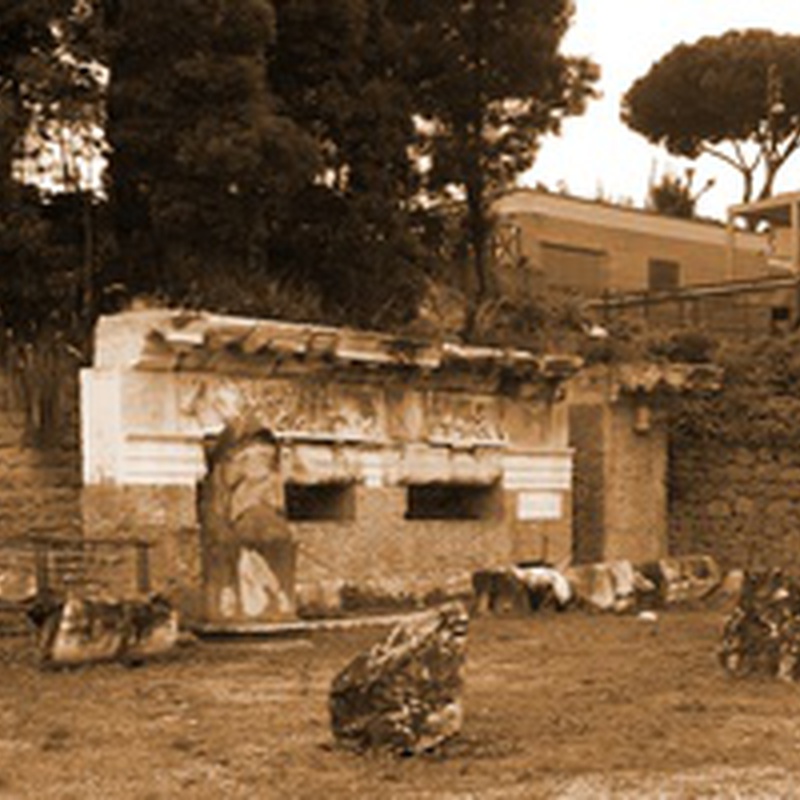Posted by Shazarch on 18 Mar 2021
Basilica Fulvia Aemilia
179 BCE, Roman Forum
Archaeological site
Located between the Temple of Antoninus and Faustina and the Curia Julia, the Fulvia-Emilia basilica was built in 179 BC by the censors Marcus Fulvius Nobilior and Marcus Aemilius Lepidus (the name of the basilica comes from their gentile names) on a previous structure. During the late Republican period, the building was repeatedly restored by members of the Aemilian family. One of the most famous restorations was carried out by the consul Marcus Aemilius Lepidus (the same name as his predecessor) in 78 BC, who created a facade on the Forum decorated with portraits of his ancestors, and added African marble columns to the internal colonnade. Other works were commissioned by members of the Aemilian family, but with financial support from others, such as Caesar in 54 BC and Tiberius in 22 AD. The last restoration was completed around the first half of the 5th century AD due to significant damage caused by a fire (related to the sack of Rome in 410 AD). Although modified several times, the Fulvia-Emilia basilica is the only building of its kind from the Republican period. The three entrances to the basilica opened onto the Portico of Gaius and Lucius Caesar. Some remains of the old structure of the basilica can be found under a modern canopy on the western short side. These include the foundation wall and the bases of the columns made of tuff blocks, which show that the basilica was originally divided into three naves, with the columns of the lateral naves placed on the axis of the subsequent columns (restoration of 78 BC). The current structure has four naves, with two minor naves on the north side and one on the south side. The central nave, which is the largest, had a raised floor with large windows that illuminated the interior. The marble floor, dated after the fire of 14 BC, and the late Republican reliefs depicting mythological scenes related to the origins of the city and the Aemilian family, which decorated the central nave architrave throughout its length of 185 meters, are of great importance. Only a few fragments remain, which are preserved in the Antiquarium Forense (a cast of part of this relief can be found at the northeast corner of the building near the Temple of Antoninus and Faustina).
